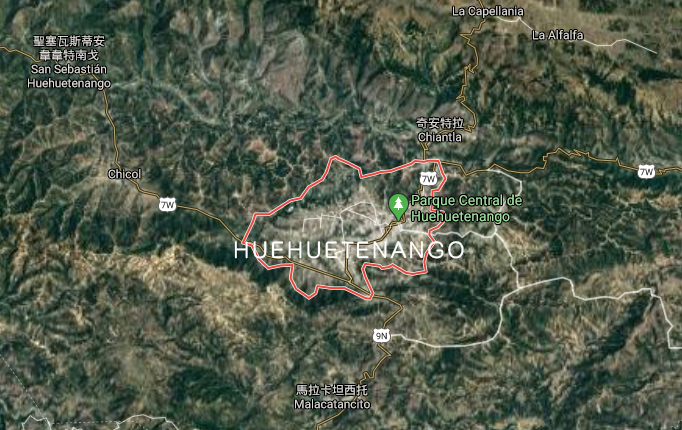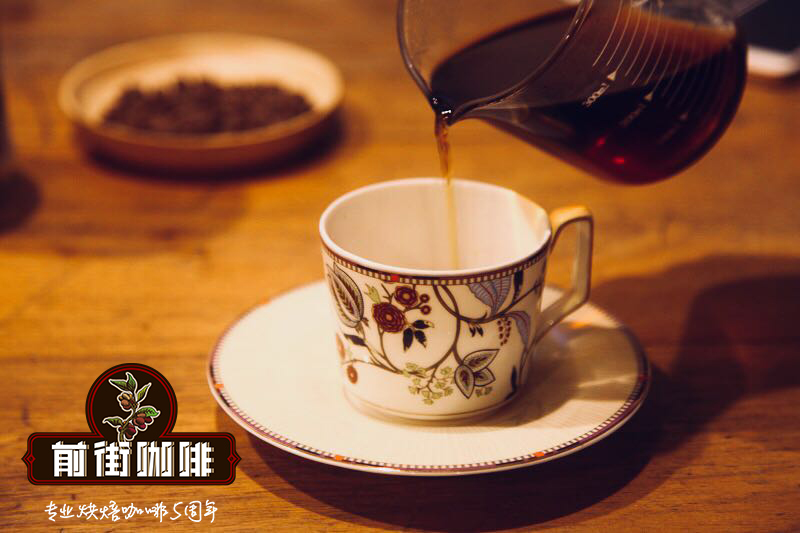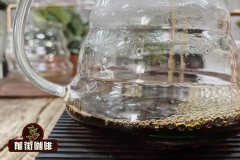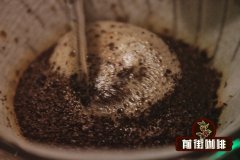Guatemala Inchert Estate Coffee Introduction Inchert Estate Legend Geisha Washed Coffee Bean Wind
Eincht Manor (Finca EL Injerto)
Finca EL Injerto Manor, a legendary estate founded in 1874, originally grew corn, tobacco, beans and sugar cane. Coffee was not grown until 1990, and the estate was officially named "El Injerto" after a local fruit called "Injerto" was found in the area.
The manor is located in the stunning coffee producing area of Vivette Nango, with steep sharp-toothed peaks and narrow valleys, receiving warm wind from the nearby Mexican lowland valley, and the hot air warms the hillside, making it possible for coffee to grow at such a high altitude, which is usually impossible at such northern latitudes.
Eincht Manor has quickly become a world legend for its coffee quality, winning a total of 27 awards in the Cup Of Excellence competition in 15 years, far more than any other estate in the world, and the only one in the world to win the first place in C.O.E eight times.
Every year the Aguirre family continues to improve the production quality of their estate. They pay attention to all the details of the whole process, including coffee fruit floating, fermentation, soaking, drying, proper storage, and their own drying plant.
Eincht Manor has always been the pioneer of fine coffee in Central America. About 50 years ago, it was one of the first estates to focus on a single variety and vertically integrated production of high-quality coffee.
Eincht Manor has a total area of 447 hectares, with 245 hectares for coffee cultivation, most of which are located between 1500 and 2000 meters above sea level, growing coffee, fruit, basic grain crops, and ornamental planting. The remaining hectares are conserved as a thousand-year-old primeval forest, which gives the manor a special temperature and suitable conditions for access to dry water directly from the mountain springs.
In addition, it constitutes a perfect habitat for wildlife, with the intention that coffee is planted in an ecosystem that protects our natural environment. The forest area is surrounded by coffee plantations, which have annual rainfall of about 1800-2000 centimeters and a relative humidity of 75 percent. The soil is a deep volcanic soil with good drainage and rich in organic matter.
El Injerto is definitely a genuine 100-year-old manor. After three generations, the estate now has 245 hectares of land for coffee cultivation, 70% for Bourbon, and the remaining 30% for different varieties, such as Catuai, Maragogype, Pacamara,Tekisic, Mocca and Gesha.
The estate is currently managed by the third and fourth generation heads of the Aguirre family, who have focused their business on the production, processing and sale of high-quality coffee locally and internationally.
The tenacity, energy, foresight and enthusiasm for work (and, of course, coffee) of the current management make El Injerto synonymous with quality, efficiency and sustainability around the world. Family tradition and commitment to excellence enable El Injerto to constantly seek the best quality control, production process, and give priority to environmental protection and the quality of life of all employees.

C.O.E award record
2019 COE 1st & 3rd, 2018 COE 14th & 31th, 2017 COE 2ed & 3rd
2016 COE 3rd & 7th, 2015 COE 1st & 6th, 2014 COE 2ed & 7th
2013 COE 1st & 8th, 2012 COE 1st & 5th, 2011 COE 3rd & 5th
2010 COE 1st & 3rd, 2009 COE 1st & 3rd, 2008 COE 1st
2007 COE 6th, 2006 COE 1st, 2002 COE 3rd & 11th
2019 Incht Manor bid lot El05 legendary geisha wash
2019 El Injerto Estate Auction Lot El05 Legendary Gesha Los Pinos Wet Process
■ countries: Guatemala
■ producer: El Injerto S.A.-Arturo Aguirre
■ producing area: Los Pinos,Huehuetenango
■ altitude: 1890 m
■ treatment: washing
■ variety: Gesha Green Tip (Panama)
■ flavor description: guava, lavender, bergamot, green tea, lemon tea, marshmallow, Eucalyptus aroma adds layers, full fruit sweetness, finish with citrus, plum, peach pleasant acidity, lingering aftertaste.
Aguirre, the owner of the estate, obtained the seeds of the geisha breed from his friend in Panama, Jade Manor, and introduced it to the Incht estate for planting. Aguirre felt very honored to have the seeds, so he named the coffee Legendary Gesha- legendary geisha. Los Pinos is the first producing area in Incht, and the coffee growing process is also quite well adapted. Unfortunately, hail affected the development of coffee trees in 2017. Finally, the whole state has recovered this year, even better than last year. In the process of treatment, through hand-picked sorting and screening, and after washing, soak and ferment for 24 hours to enhance the overall flavor and integrity.

Important Notice :
前街咖啡 FrontStreet Coffee has moved to new addredd:
FrontStreet Coffee Address: 315,Donghua East Road,GuangZhou
Tel:020 38364473
- Prev

Guatemala Fahannis Coffee Flavor and Taste characteristic washing Cabana Coffee beans brewing parameters
Fraijanes Hannis is located in the east not far from the capital Antigua. Most coffee is sold on coffee estates in Antigua. A small number of estates with a long history with little output are due to the reputation and reputation that their predecessors have worked hard to establish and the pragmatic work of coffee farmers today. This is F.
- Next

Origin of coffee The reason why commercial coffee started Discovery of Robusta coffee beans
Coffee beans originally used by humans belong to the Arabica species. Arbica originated from Ethiopia in East Africa. It was first cultivated by Arabs in Yemen and extended to all parts of Europe and Asia. (At the time, it was only known that coffee was imported from Arab countries, and the root contained the Arabic meaning of "Arbia"). Arabic original coffee
Related
- Beginners will see the "Coffee pull flower" guide!
- What is the difference between ice blog purified milk and ordinary milk coffee?
- Why is the Philippines the largest producer of crops in Liberia?
- For coffee extraction, should the fine powder be retained?
- How does extracted espresso fill pressed powder? How much strength does it take to press the powder?
- How to make jasmine cold extract coffee? Is the jasmine + latte good?
- Will this little toy really make the coffee taste better? How does Lily Drip affect coffee extraction?
- Will the action of slapping the filter cup also affect coffee extraction?
- What's the difference between powder-to-water ratio and powder-to-liquid ratio?
- What is the Ethiopian local species? What does it have to do with Heirloom native species?

